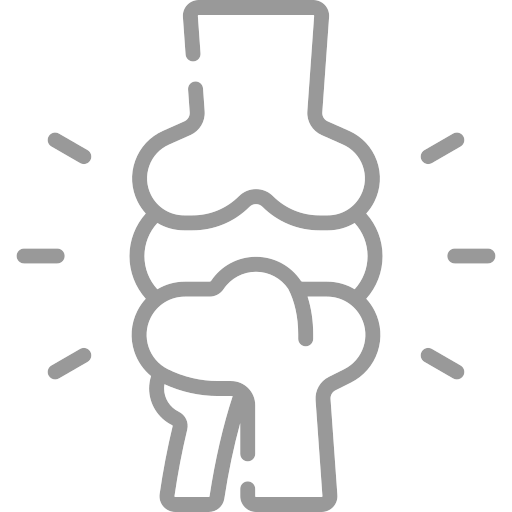
Neck and low back pain
The low back, also called the lumbar region, is the area of the back that starts below the ribcage. Almost everyone has low back pain at some point in his or her life. Neck pain is also a common complaint. The muscles of your low back and neck can be strained from suboptimal posture or decreased physical conditioning. Osteoarthritis or normal wear and tear may also lead to pain in the low back or neck.

Degenerative Disc Disease and Herniated Discs
An individual’s spine (neck, mid-back, and low back) is comprised of bones (vertebrae) that are separated by discs, which allow for motion. The spinal discs are made up of a soft inner core (nucleus pulposus) and a tough outer wall (annulus fibrosis).
Degenerated disc– As a person ages, the discs lose water content and may get thinner. That means less cushion or padding between the bones of your spine (vertebrae). In other words, flatter discs cannot absorb shock as well as discs that have not degenerated. This can lead to problems such as what is called discogenic, axial low back pain. Surgery may involve removal of the degenerated disc and stabilizing the spine, in essence removing the need for any cushion or shock absorption.
Herniated disc- The stress of everyday movements and minor injuries over the years can cause tears in the outer wall, i.e. annular tears with disc bulges. While these tears may not be problematic, in and of themselves, a significant amount of the soft core may push through the crack(s), e.g. herniated nucleus pulposus. If a nearby nerve is affected, then you may experience pain, weakness, numbness and tingling in your arm(s) or leg(s). Surgery may involve removing just the herniated portion of the disc to relieve pressure off the nerve.

Stenosis and Myelopathy or Radiculopathy
Stenosis means narrowing of the spinal canal or nerve passageways that can result in pressure on the spinal cord (myelopathy) or the nerves (radiculopathy). The condition is often caused by age-related wear and tear, ligament buildup, and bone spurs. Symptoms vary by location and may include pain, weakness, numbness and tingling in your arm(s) or leg(s). Surgery may involve decompression of the bony channels through which the spinal cord or nerves travel.

Spondylolisthesis
Spondylolisthesis is a spinal condition that is often associated with low back pain and leg pain. It occurs when one of your vertebrae slips forward, relative to the vertebra below it. Surgery may involve stabilizing the spine, so that the slip does not become worse.
Brain and Spinal Tumors
Tumors are masses of abnormal cells that have grown out of control. It is very important to distinguish benign (non-cancerous) versus malignant tumors. Benign tumors do not grow into nearby tissues, but can be problematic depending on size and location. Surgery may be curative for benign tumors, and plays an important role for malignant tumors as well, because the tissue diagnosis will help direct additional treatments such as radiation and chemotherapy.

Carpal Tunnel Syndrome
Numbness and tingling or pain in the hand that can be caused by a pinched nerve in the wrist. Many factors can contribute to carpal tunnel syndrome, such as underlying health conditions and patterns of hand use. Treatment options may include rest, ice, wrist splints, and surgery.